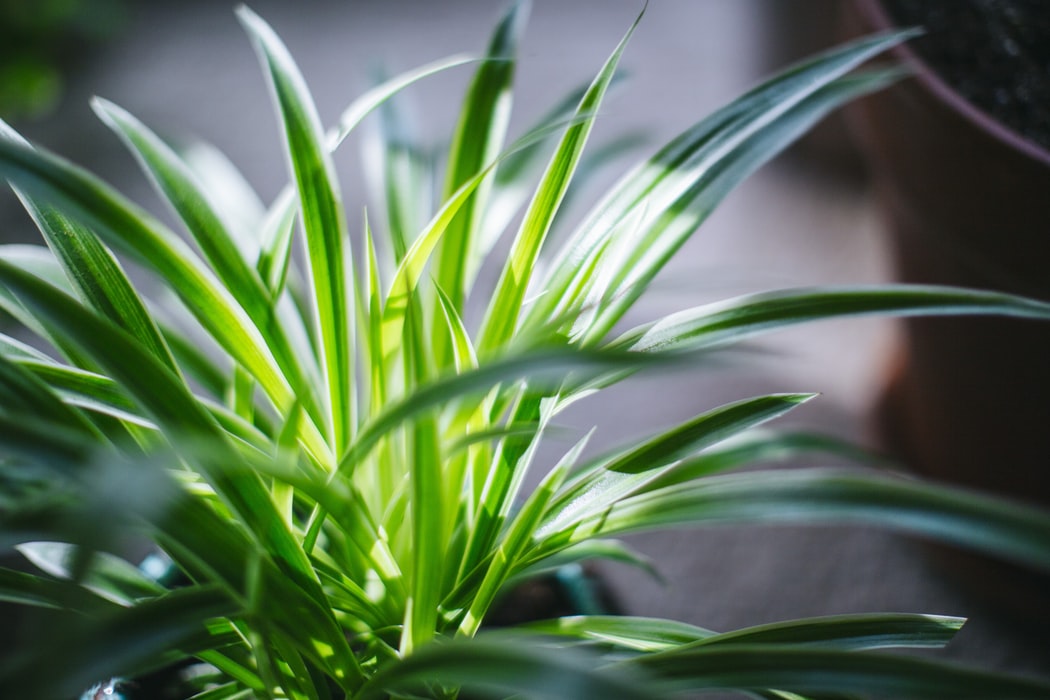Plant Care
Spider Plant Care
Spider Plants are one of the easiest plants to care for, which makes them perfect for beginners. They’re low maintenance and highly adaptable, plus they look fantastic in hanging baskets.
Light – Tolerant of most types of light, avoid direct sunlight to prevent leaf scorch.
Water – Allow the top third of the soil to dry out between watering. Be careful not to overwater.
Soil – Use a well draining soil, the lighter the better when planting in hanging baskets. Espoma Potting Soil is a great choice. Spider Plants don’t like wet feet, so if your soil is staying too wet, add perlite or ease up on your watering.
Temperature – Spider Plants prefer slightly cooler temperatures, 55° to 65 being ideal. Avoid temperatures below 45° and protect them from drafts, especially in the winter.
Humidity – They’re not too fussy about humidity. The humidity level of the average home is perfect, however Spider Plants won’t say no to the occasional misting.
Fertilization – Spider Plants rarely want fertilization and can get brown leaves if they’re over fertilized. If fertilization is needed, a balanced fertilizer, like Bonide Liquid Plant Food, will work when used sparingly.
Size – Spider Plants average 1 to 2 feet tall, but as their leaves get taller they start to cascade downward instead of growing upright.
Repotting – Spider Plants prefer a moderately pot bound existence, so only repot once a large amount of root mater becomes exposed. Select a container no more than 1 size larger than the current container and add fresh soil. As mentioned, Spider Plants are fantastic hanging plants.
Propagation – Easily propagated by dividing the main plant during repotting or planting by the smaller baby plants it creates on its stems (occasionally referred to as spiderettes). Simply snip the babies off their stem once they’ve started developing their own root system and put them into a cup of water until those roots become more mature.
Toxicity – Spider Plants are considered non-toxic to people and pets.



